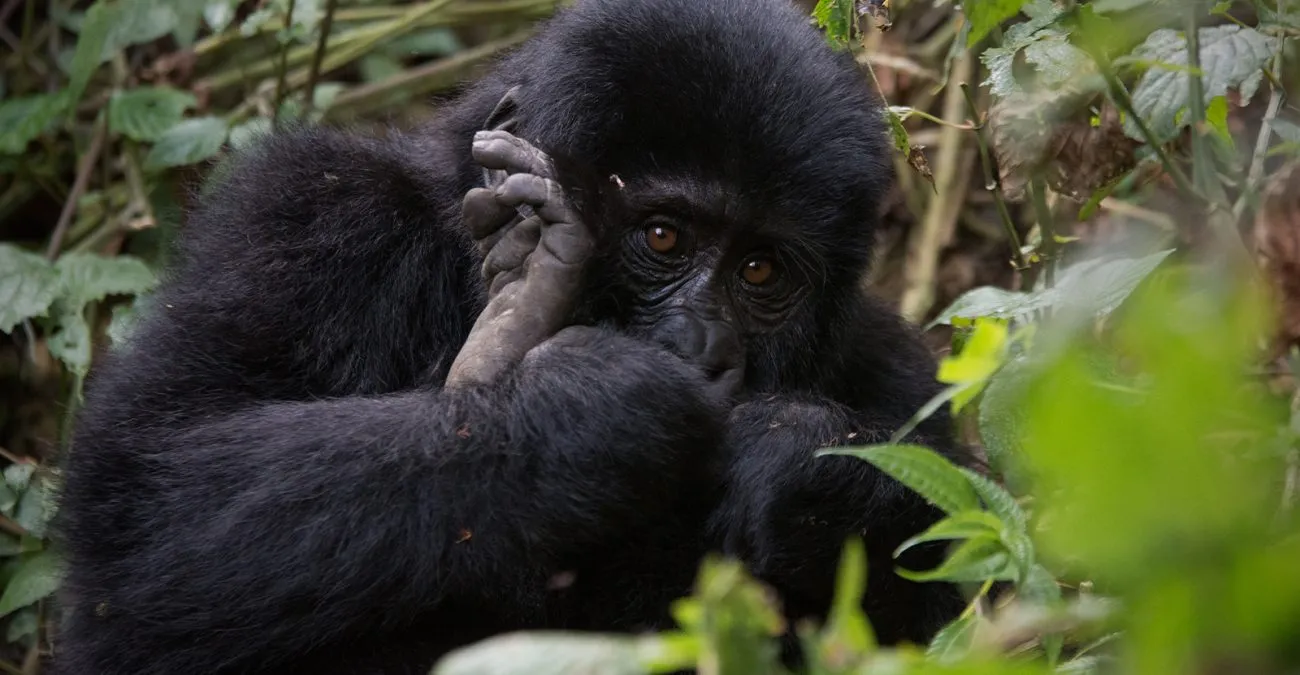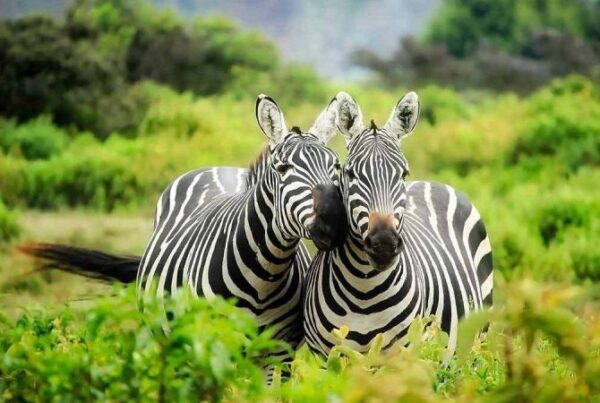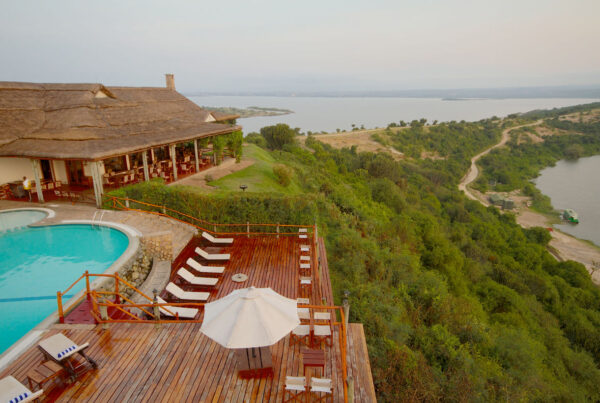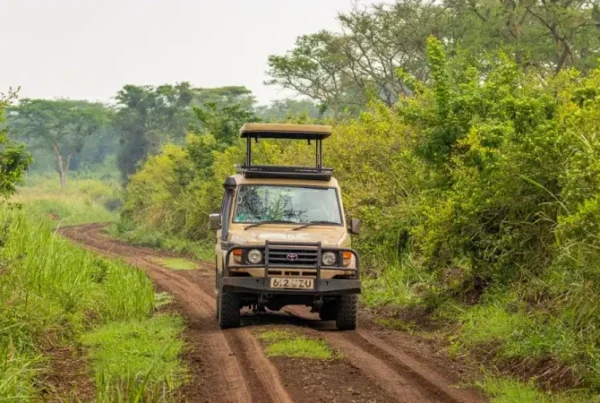Visiting Uganda in March
A Gateway to Green: Where Rain Awakens the Wild and Culture Flourishes
March does not whisper in Uganda—it announces itself with bold skies, earthy scents, and the unmistakable rhythm of renewal. As the equator sun softens and clouds begin to gather, the landscape transforms from golden to green. Uganda in March emerges as a transitional masterpiece, where nature sheds its dry-season dust and replaces it with vitality and growth. It is a time when travelers seeking authenticity over predictability find themselves rewarded at every turn.
The third month of the year brings more than just a shift in weather; it brings life. The rains do not dampen the experience—they enhance it. Forests throb with birdsong, rivers swell with urgency, and traditional communities prepare for planting, guided by generations of ecological wisdom. This is the Uganda few speak of but many remember most vividly—raw, refreshing, and reverberating with soul.
For those unafraid of light rains and drawn to the subtler, deeper stories of the land, March is a poetic time to visit. It is less about clear skies and polished lodges, and more about immersion, intimacy, and insight. From gorilla trails shrouded in mist to coffee hills bursting with blossoms, Uganda in March invites the curious and the courageous.
The March Climate: A Season of Renewal
March marks the beginning of Uganda’s first rainy season, particularly in the southern and central regions. The showers are not constant downpours but rather intermittent, often falling in the early morning or late afternoon and quickly giving way to sunshine. This pattern creates a dynamic, moody atmosphere in the landscape, where lush vegetation returns in full force, water sources refill, and wildlife movements become intriguing to observe.
Temperatures remain warm and pleasant, with daytime averages ranging from 24°C to 28°C (75°F to 82°F), while nights cool comfortably. In elevated areas such as Kabale and Fort Portal, the breeze is noticeably crisp, adding a refreshing touch to evenings spent around a fire or on a veranda overlooking the mountains.
The rain may make some roads muddier and more difficult to navigate in remote regions, especially in the north and along the Albertine Rift. However, well-maintained routes to key parks and urban centers remain passable, and seasoned local guides ensure safe passage where needed. The rain does not close Uganda—it opens a different door.
Nature’s Awakening: Wildlife and Landscapes in March
While many safari-goers aim for the dry months, those who venture into Uganda’s national parks in March are met with a different kind of reward. The landscape comes alive in full color, the air carries the scent of blooming flora, and the soundscape is rich with birds, frogs, and distant primates calling through the canopy.
In Bwindi Impenetrable National Park, the famous mountain gorillas remain accessible, and the forest becomes even more enchanting under a gentle mist. Trails may be more slippery, but they lead through a storybook of biodiversity. The added challenge often results in more personal, less crowded treks, where one feels like a true explorer rather than a guest on a path well-worn.
Chimpanzee trekking in Kibale Forest is also active in March, though sightings can be slightly more unpredictable due to the abundance of fruit and forest coverage. However, the behavioral richness of the troops is on full display, with mating rituals, foraging, and social dynamics easily observable during this period.
In the savannah parks like Queen Elizabeth and Murchison Falls, the rains coax new grass from the earth, attracting grazers like antelope, elephants, and buffalo. Predators follow close behind, creating a theater of survival visible from safari vehicles and boat cruises. Birdwatchers, in particular, thrive during March, as both migratory and resident species display their vibrant plumage in courtship and nesting activities.
The iconic Nile River, running through Murchison Falls, becomes even more dramatic, with swollen waters rushing through narrow gorges and creating a powerful spectacle. The boat cruises to the base of the falls are especially scenic during this time, as waterfalls, hippos, and crocodiles form a tableau that is nothing short of cinematic.
Cultural Pulse: Agriculture, Tradition, and Spiritual Reflection
Uganda’s cultural fabric is closely tied to its seasons, and March plays a significant role in agricultural and spiritual life. With the onset of rains, farmers prepare their fields for planting, especially in rural areas where subsistence agriculture remains vital. The land is tilled, seeds are sown, and rituals are performed to honor the ancestors and ask for blessings.
Travelers visiting villages during this time often find themselves welcomed into these seasonal rhythms, whether by observing a planting ceremony, helping prepare local dishes from the first harvests, or simply listening to elders speak of rains past and the lessons they carried.
The spiritual atmosphere is equally rich. For Christian communities, March may include the observance of Lent or Easter preparations, depending on the calendar. Church services become more introspective, and communal prayers blend seamlessly with the sounds of rain on rooftops. For Muslims, the month occasionally overlaps with the sacred period of Ramadan, adding another layer of devotion and hospitality.
Urban areas such as Kampala and Entebbe do not slow down in March. The city streets pulse with energy, rain or shine, and cultural institutions begin unveiling new art exhibitions, theatre shows, and literary events as part of the year’s early programming. The fusion of tradition and modernity is most visible here, where ancestral drumming may be heard not far from electronic music and spoken word poetry.
Landscapes Reimagined: Highlands, Lakes, and Rain-Kissed Views
The natural beauty of Uganda, already legendary, reaches a unique crescendo in March. The Rwenzori Mountains, often called the “Mountains of the Moon,” become increasingly verdant, with moss-covered paths and alpine streams creating scenes reminiscent of tropical fairy tales. While multi-day treks may be more demanding due to rain, the experience is intensified in drama and isolation—ideal for seasoned hikers seeking solitude.
The Sipi Falls area near Mount Elgon becomes a cascading marvel during this season. The waterfalls are in full flow, their roar echoing across coffee farms and forest trails. Guided hikes through the surrounding hills reveal terraced gardens, vibrant flora, and panoramic views where clouds dance across valleys.
Lake Bunyonyi, often praised for its peaceful waters and hilly backdrop, takes on an ethereal quality in March. Early morning mists roll across the lake, revealing island silhouettes and birdlife in dramatic contrast. The tranquility of canoe rides and lakeside strolls is amplified in this season of rebirth.
Even the often-overlooked wetlands and papyrus swamps come alive with amphibians, insects, and a medley of birds that thrive in the flooded conditions. These ecosystems, vital to Uganda’s biodiversity, are best appreciated in the green months, when they show their full ecological complexity.
Practical Insights: Travel, Health, and Preparation
Visiting Uganda in March requires a slightly more flexible and prepared traveler’s mindset, but the rewards are deeply personal. While some lodges offer reduced rates during the shoulder season, the quality of service remains high, and popular attractions are less crowded, allowing for a more intimate and unhurried exploration.
Travelers are advised to bring lightweight rain gear, waterproof hiking boots, and insect repellent, especially for visits to forested areas. Medical precautions, including a yellow fever vaccination and malaria prophylaxis, remain essential.
Domestic travel within Uganda remains feasible and reliable in March. Major highways connecting Kampala to national parks and towns remain accessible, although some rural roads may become slippery. Experienced tour operators, especially those familiar with seasonal challenges, provide vehicles and guides equipped to handle the changing conditions with ease.
March in Uganda: A Journey for the Soul
To travel to Uganda in March is to step into a country that is alive with change, growth, and emotion. This is a month of listening—to the earth as it drinks the rain, to the farmers as they share their hopes, and to the forest as it breathes new life. It is not always neat, nor always convenient, but it is always real.
What March offers is more than scenic beauty—it offers meaning. The kind found in muddy boots after a trek, in the quiet moments before the rain begins, or in the eyes of a local child eager to tell their story. The experiences may be less predictable, but they are more profound.
The traveler who visits Uganda in March returns not only with photographs but with understanding. Not only with souvenirs, but with stories that stir long after departure. For those seeking more than just a vacation—for those seeking connection, rhythm, and revelation—this month stands apart.
Discover Uganda with WildHorn Africa
To uncover the hidden truths and timeless wonders of Uganda in March, one must travel with a partner that honors the land and its people. WildHorn Africa, a premier provider of custom African safaris and tours, offers deep local knowledge, responsible practices, and a commitment to unforgettable journeys.
Whether navigating the misty trails of Bwindi, cruising beneath the thunder of Murchison Falls, or sharing a fireside story in a remote village, WildHorn Africa ensures that each moment is safe, immersive, and meaningful. With experienced guides, tailored itineraries, and a love for authentic adventure, WildHorn Africa invites you to step beyond the ordinary.
Let March be your moment of discovery. Book your Ugandan journey today with WildHorn Africa—and walk into the wild with confidence and wonder.





 WildHorn Africa – Authentic and unforgettable tours across Africa, guided by local experts who know the land, wildlife, and culture best.
WildHorn Africa – Authentic and unforgettable tours across Africa, guided by local experts who know the land, wildlife, and culture best.


